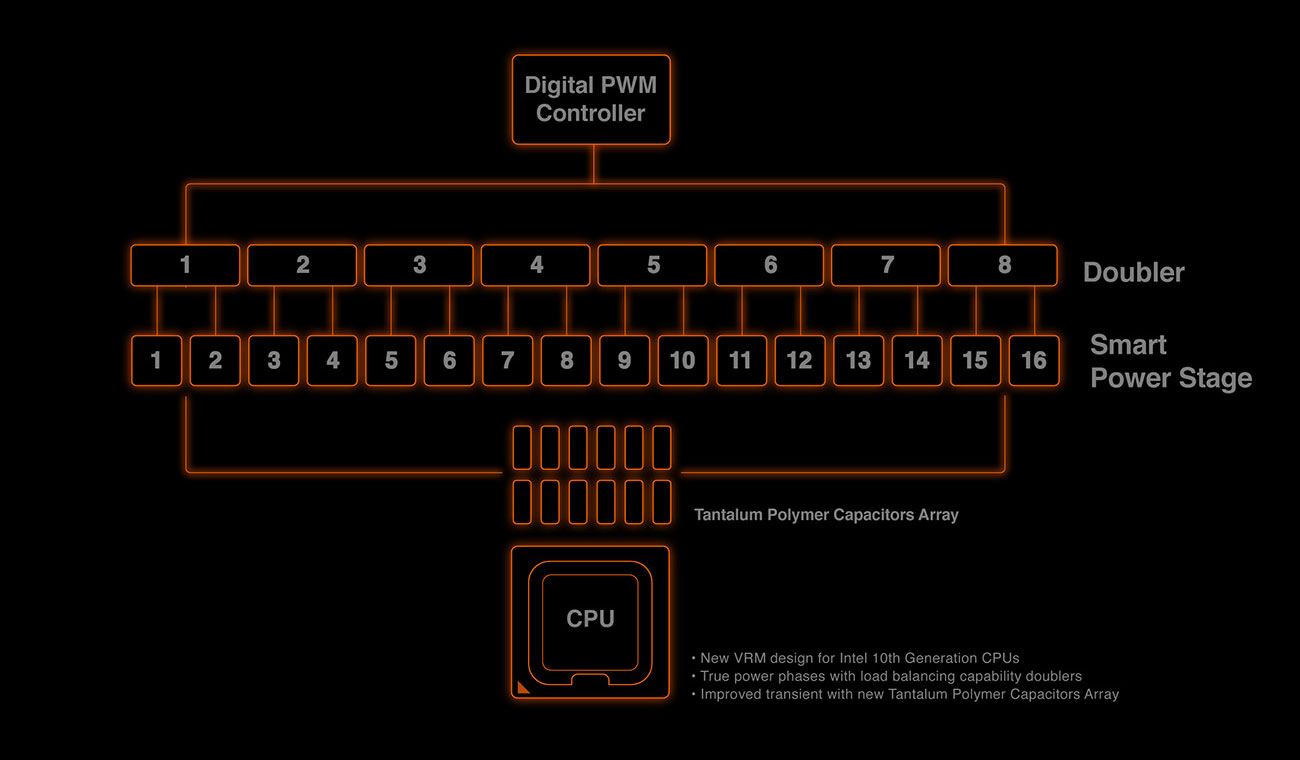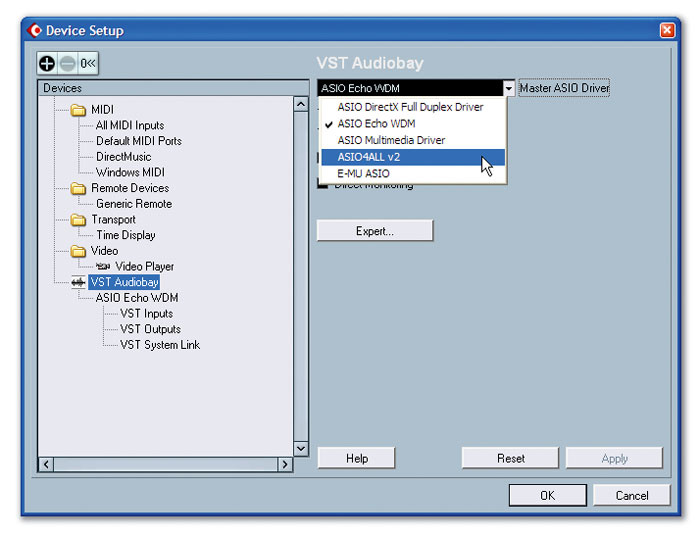- Egosys Sound Cards & Media Devices Driver Download For Windows 10 64-bit
- Egosys Sound Cards & Media Devices Driver Download For Windows 10 7
- Egosys Sound Cards & Media Devices Driver Download For Windows 10 Windows 7
Specifically which card are you wanting to use ASIO with? I know in a previous thread you mentioned that you had the Waveterminal u24. If that's the case then that card comes packaged with an ASIO driver or you can download one off of the Egosys website. From sound cards to modems. Usually, the PCI sot 's the white—colored sot It should not be too hard to find the slot for the MAYA 5.1 MKII. PCI 3) If there 's a bracket blocking the empty slot, please remove it using the proper screw driver (it is better not to put sound cards in the slot just next to t e AGP slot). CSL 7.1 USB sound card (C-Media CM6206 based) driverVersion 1.03Windows XP/Vista/7/8/10.
Cmedia’s privacy policy covers the collection and use of personal information that may be collected by Cmedia anytime you interact with Cmedia, such as when you visit our website, when you purchase Cmedia products and services, or when you contact our sales or support associates. Please take a moment to read the following to learn more about our information practices, including what type of information is gathered, how the information is used and for what purposes, to whom we disclose the information, and how we safeguard your personal information. Your privacy is a priority at Cmedia, and we go to great lengths to protect it.
PRAXIS and Windows SoundcardMixers
Praxis establishes a usable set of mixer settings when the calibration'wizard' is run, then simply restores that set of settings when Praxisis started or when the selected A/D or D/A device is changed. But Praxis can onlydo this for Windows system mixers -- that is, the mixers that are accessedby the Windows sndvol32.exe applet. There is no way for Praxis toknow about nor to manage other exclusive mixer programs, nor about physicalselector gain controls (such as manual switches or hardware physical potentiometers).
Example Windows System Mixer (sndvol32.exe) applet which can bemanaged by PRAXIS.
There can be a windows mixer for each sound device that Windows'knows about'. But there may not be one for all devices, or somedevices may have a mixer for only playback, but not for record.
Praxis decides which mixer (if any) to restore to known settings, based onthe selections made in its 'Device-Mixer Matching' form. Thepairing in this form defaults to those identified by the Windows system. Butsince this is not always reliable, this form is intended to let you change theassociations if they should be incorrect.
Egosys Sound Cards & Media Devices Driver Download For Windows 10 64-bit
How can I tell if my soundcard device has a sndvol32.exe mixer?
Egosys Sound Cards & Media Devices Driver Download For Windows 10 7
A). Try this: start Praxis, and go to its Main Form. Use themenu 'Config Mixer'. This will bring up the 'Device-MixerMatching' form. This should list all of your audio devices and the Windowssystem mixers that appear to be matched to them.
Note that this form doesn't Fitbit usb devices driver download for windows 7. select the mixer orsoundcard for use, it only tells what system mixers (if any) Praxis should usewith each soundcard device and function, should they later be selected.
The actual soundcard to be used by Praxis is selected using theLevels Form's 'Setup, D/A&A/D' menu. This selection willalso be the start-up soundcard next time PRAXIS is used, provided you allowPRAXIS to save its 'hardware dependent' settings when you close theprogram.
Your soundcard device should appear in both the 'Input' and'Output' sections, and to the right of it should be the mixers whichPraxis assumes are to be used with it.

If the mixer name reads 'NONE' (or a wrong mixer name, such asthat of another soundcard device on your system):
Click on the assigned mixer name to highlight it, then on the Edit button just above. That will list all the available Windows system mixers in your system. If none match your soundcard (usually the mixer has the same name as the card), then the card has no Windows system mixer --many professional card don't. If one does match, select it, then do the same process for both Input and Output devices, and click the Ok button when the matching of all devices appears proper.
If the card does not have a Windows system mixer, it may have a custominterface mixer. BUT -- Even if it DOES have a Windows system mixer, it maystill also have a custom interface mixer (the EGOSYS U24 USB sound device doesthis -- it has both a simple Windows system mixer and a complex custom mixer inits own control application, which is best not used at all for Praxisoperation). Praxis cannot control a custom interface mixer, itcan only control the features which can be seen through the common Windowssystem mixer interface. So if there is a custom mixer application, thesesettings must be arranged for Praxis use (any monitoring functions disabled,soundcard inputs and output levels selected to avoid clipping) and kept stablebetween uses of Praxis.
B). You can also see the Windows mixers by doing the following:
Use the Windows Start button, then select Run. Type in'sndvol32.exe', then click 'Ok'. The windows mixer controlapplet should appear. Use the 'Options, Properties' menu of thisapplet, and the topmost dropdown box can be used to see all the system mixerswhich are available (different ones may be present for playback and recordfunctions, selectable in the radio buttons on this applet).
It is important to know that the mixer which is shown controlled in thisapplet when it is started is the default mixer for the 'Default'soundcard used by Windows (for making its annunciator sounds or playing generalaudio). You also see this applet appear during the calibration wizard process --it will not necessarily appear showing the controls for the soundcard Praxis iscailbrating for, because the sndvol32.exe applet always first appears withsettings for the default soundcard -- that is why you often need to change thesettings (using its 'Options, Properties' menu) per the instructionsin calibration process, to get the controls for the desired mixer.
About Windows Mixers:
Later versions of PRAXIS provide a menu in the 'LevelsForm' for opening the Windows mixer.
Egosys Sound Cards & Media Devices Driver Download For Windows 10 Windows 7
Record Mixers (also called 'Capture' or 'Input') usually allow selection of only one input source. So below each source, there will usually be a checkbox labeled 'Select'. You will want only the one for 'line input' to be selected (and the others muted or turned all the way down, except possibly for a master record control).
Playback Mixers (also called 'Play' or 'Output') usually allow selection of multiple sources to be mixed into the output. You will want to mute (and turn down) all sources except for the Wave and possibly for any master volume or 'Play Control' sliders.
If you can't open a windows mixer, and there is no 'yellow speaker' icon in your Windows tray, go to your Sounds and Media tab of the Windows Control Panel. You should find a checkbox on the 'Sounds' tab to 'show volume control on the taskbar'. Check that, click 'Apply' and the icon should appear. Note that some soundcard devices do not have any Windows mixers! These can still be used with Praxis.
See also: the PRAXIS Soundcard Calibration Pages
